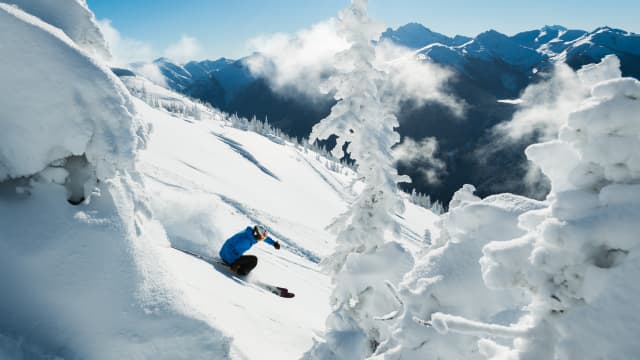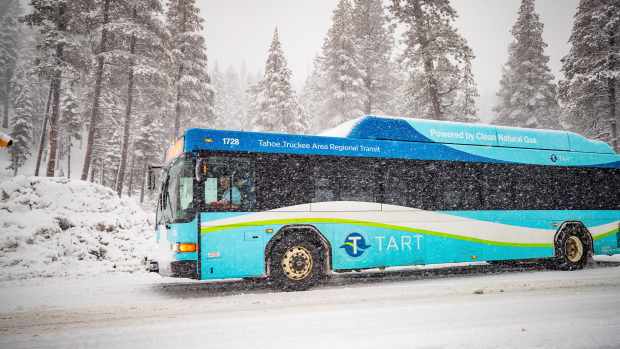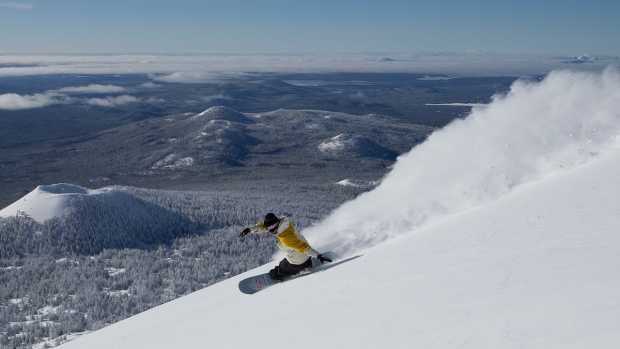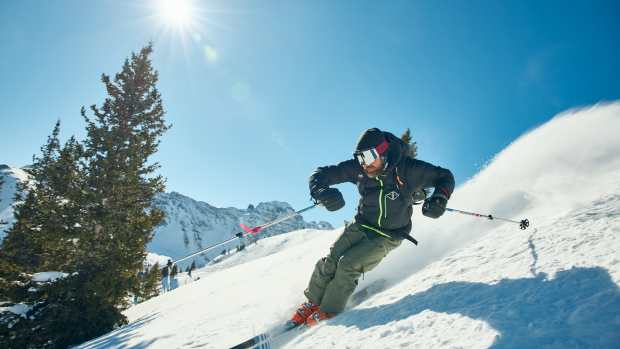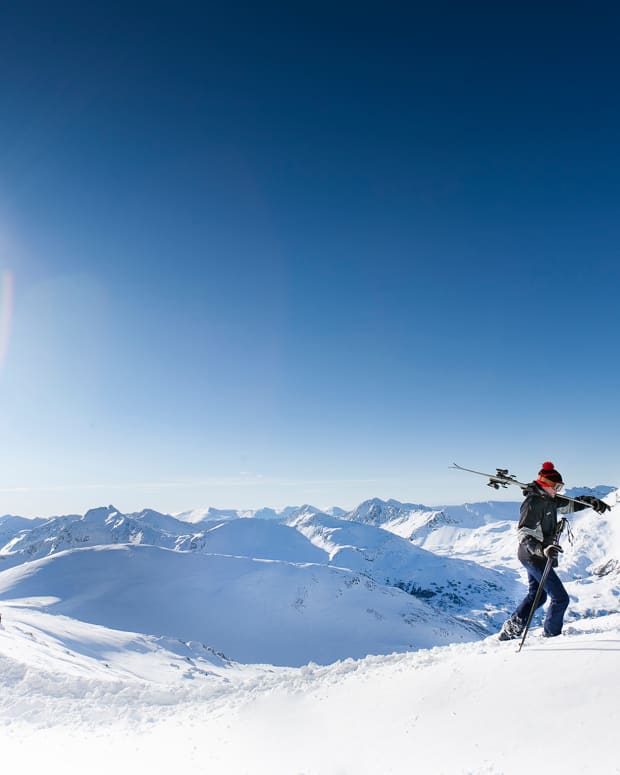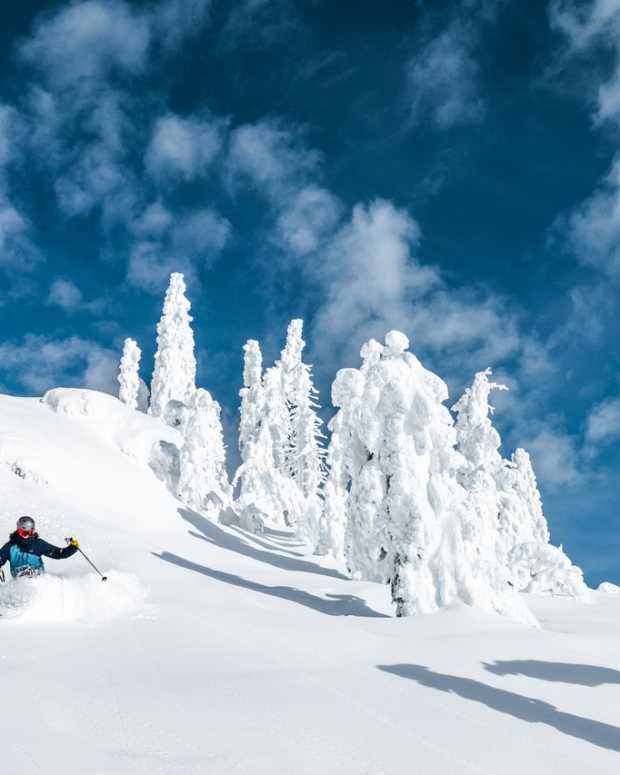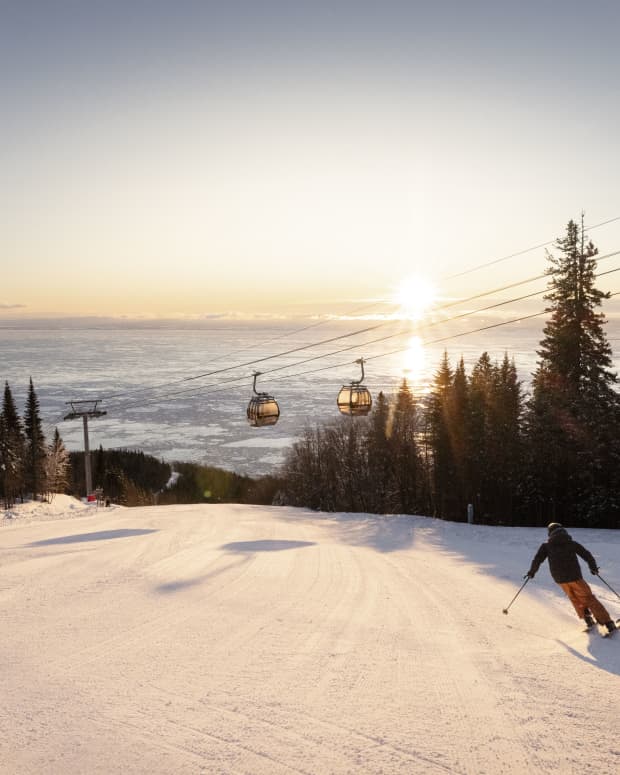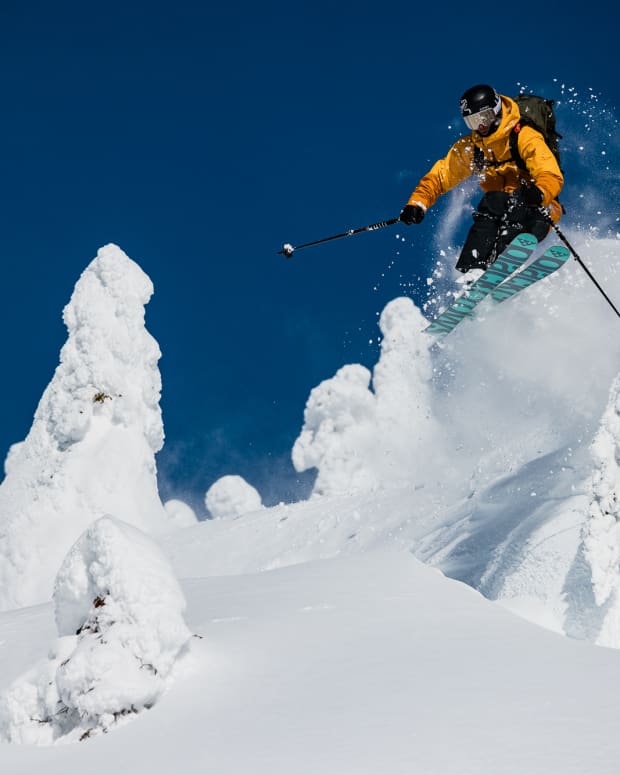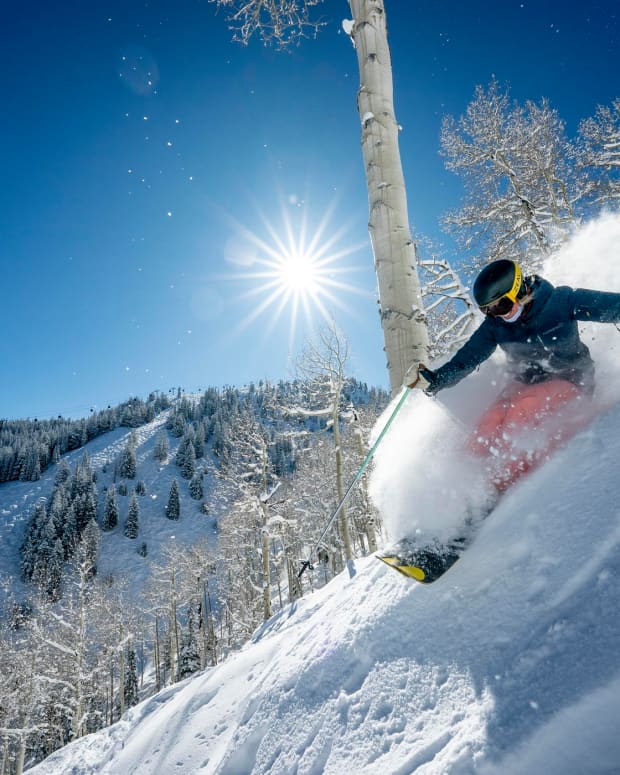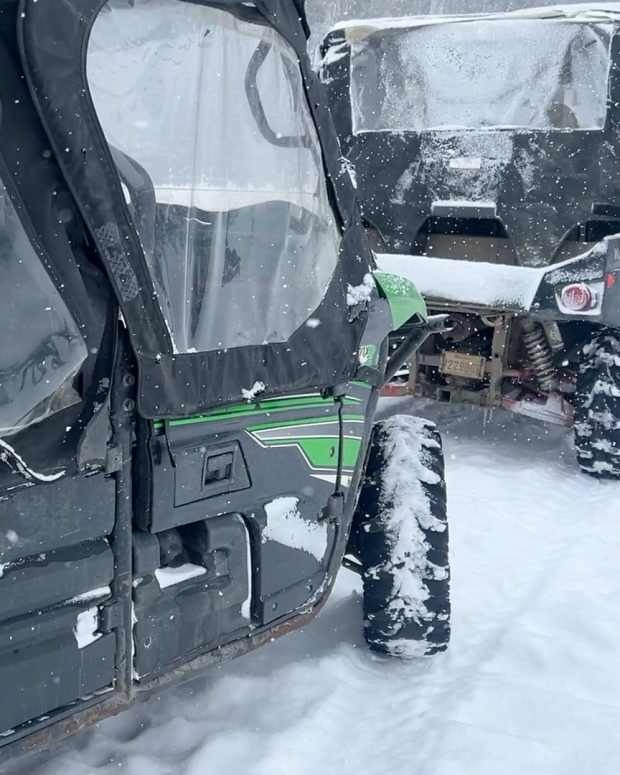A Taste of Tyrol
Planning your ski trips for next season? Consider blasting off to the Austrian Alps.
The Alps sprawl in a long arch from Monaco in Western Europe to Slovenia in Eastern Europe. They are the largest mountain range in Europe and cover parts of eight countries. They contain numerous peaks over 13,000 feet – 128, to be exact – and hundreds of valleys, villages, towns, and cities interspersed throughout. The Austrian Alps are located on the eastern side of the range and are home to a long and deep history in the skiing world. With dozens of ski areas from small mom-and-pop style hills with a t-bar or two, to enormous mega-resorts spanning multiple valleys featuring an impressive array of high-tech chairlifts, gondolas, and trams.
On a recent trip to ski and explore this storied place in ski lore, we visited the city of Innsbruck.
Innsbruck
We arrived in Innsbruck late afternoon via train and walked a few blocks to our hotel. Stage 12 is an upscale modern hotel that feels trendy and welcoming after a long travel day. Our first morning we were pleasantly surprised to find that the included breakfast exceeded our expectations and was one of the best we have experienced while traveling. If you like to eat big before skiing, it’s easy to accomplish here. Rooms start at around €180 per night.
Innsbruck has a baker's dozen of ski resorts within a stone's throw of the city and a network of free buses to access them. Visitors can purchase a Ski Plus City Pass, which includes access to 13 ski resorts and 23 city experiences with just one ticket, including Hochoetz, Kühtai, Rangger Köpfl, Stubaier Gletscher, Axamer Lizum, Schlick 2000, Elferbahnen, Muttereralm, Nordkettenbahnen, Bergeralm, Serlesbahnen, Patscherkofelbahn, and Glungezerbahn. This pass makes lodging in the city and shredding in the surrounding peaks user-friendly and hassle-free. It also includes transportation on the ski bus system as part of the deal, though we did pay €4 each to get on one of the transfer buses. Ski Plus City Passes can be purchased online or at any of the 13 participating cable car operators except Innsbrucker Nordkettenbahnen. An adult 2-day pass costs just €136.
Innsbruck’s infrastructure for skier visitors is well laid out, which is likely one of the reasons they were chosen to host the Winter Olympics in 1964 and again in 1976. The capital of the Tyrolean region, the Innsbruck area is home to 40 nearby towns and villages and is the fifth-largest city in Austria. It retains its authentic alpine charm with narrow cobblestone streets and striking Gothic, Renaissance, and Baroque architecture. One of the most famous landmarks is the Goldenes Dachl (Golden Roof). Constructed in 1500 by the emperor Maximilian, the roof is decorated with 2,657 fire-gilded copper tiles and was designed to vanquish rumors regarding imperial financial trouble.
Skiing Axamer Lizum
We walked three blocks from our hotel to jump on the bus for the first day to Axamer Lizum. The bus experience was straightforward and took about 45 minutes from the city center near our hotel. The bus scooped up skiers from some key spots in the city and then in a few other locations in nearby villages while ascending the steep and curvy roads to the resort. Host to five of six of the downhill skiing events in the 1964 Winter Olympics, Axamer Lizum has the proud skiing culture that you might expect tucked into a fairly compact, yet steep ski resort.
We were fortunate enough to get linked up with the Nindl family for a morning welcome coffee at their ski shop near the base. Former professional ski racer and father of the clan Hugo Nindl was quick with a smile and told us many stories about the history of the resort and the Olympics. His sons Oliver and Mirko continue the family ski business by running the ski instruction on the mountain and the race training program for the area.
Most skiing at Axamer Lizum is intermediate and advanced, but some areas are beginner-friendly. The resort has the highest base elevation close to Innsbruck (5,183 feet), 20 miles of piste trails, and a vertical drop of just over 3,000 feet. An adult one-day lift ticket costs €55.
During our visit, Mirko, our guide showed us around the mountain and pointed out the historic Olympic race runs. The weather was cloudy and foggy, so we didn’t get to take in the views of the unshrouded peaks, but the skiing was great nonetheless. With most runs above treeline, the mountain is steep and playful and had me imagining how great it would be on a sunny powder day.
Scenic Schnitzels
We stopped for lunch at the Hoadl-Haus Panoramic Restaurant at the top of the Hoadlbahn lift. The local fare in Austria is delicious but can be on the heavy side, and I learned a valuable lesson about not indulging in the large schnitzel to be shred-ready post-lunch.
Traveling back to the city via bus was quick and easy, though our bus driver was on the drive fast, take chances program so we had to hold onto our seats and hope for the best.
Skiing Schlick 2000
The gods shined on us with 15 inches in the overnight snow forecast, so we decided to ski at Schlick 2000 the next morning. This gem in the Stubai Valley rises to 7,020 feet, has 15 miles of piste terrain, and has reliably good snow coverage from November through April. The best months to ski there are, not surprisingly, January and February when the average summit depth is 47 to 62 inches. Schlick 2000 gets an average of 11 snowfall days each season and we were incredibly lucky to be there for the biggest storm of the 2023-'24 season. A one-day adult lift ticket is €51.
Though it can be a 20-minute car ride from Innsbruck, it does take longer by bus. After about 45 minutes, we arrived directly at the Kreuzjochbahn gondola base.
Since there had been a significant amount of snowfall, the lineup for the gondola was understandably, but excruciatingly long. Setting our patience level to high, we were able to endure the excitement of an Austrian powder panic and got loaded up onto the gondola along with our friend Sarah, a ski patroller from near Kitzbuhel, who recommended the resort.
Powderific
To have better visibility during the continuing storm we elected to stick to the tree runs near the middle section of the ski area. On the first drop off the cat track into the trees we knew we had made the right decision when we decided to ski Schlick 2000. The snow was super light and much deeper than expected, bubbling up to the waist or higher as we laughed and cheered our way through the pines and birch forest. Going for a higher elevation resort was the right call and we spent nearly the entire day lapping the PanoramaBahn Quad and sniffing out every little pow shot we could find. The upper mountain was also choked with snow, but longer lift lines and tougher above-treeline lighting were not what we wanted to work with when the snow was so terrific lower down. After a full day of getting smacked in the face with powder, we took a very adventurous ride down the fading cat tracks back to the base of the gondola and hopped onto a waiting bus for the journey back to Innsbruck.
Panorama Restaurant Krezjoch
There are seven restaurants at Schlick 2000, including self-service and authentic mountain huts, but it was a powder day and we didn’t want to stop too long to eat, so we grabbed some snacks at Panorama Restaurant Kreuzjoch, next to the Kreuzjoch mountain station.
Overall it’s easy to give a strong recommendation to both of these smaller resorts we sampled in the Innsbruck area. If you are working on your budget, lift tickets at both Axamur Lizium and Schlick 2000 are less than $60 – a fraction of day ticket prices in the US. I also highly recommend Innsbruck as a base camp for Austrian ski trips. The city has plenty of fantastic restaurants, bars, and historical sites to keep you entertained during après ski hours. It would have been easy to stay a few more days, but our next adventure awaited.
Getting to Innsbruck
When flying in from North America there were three airports we considered: Zurich, Switzerland, Munich, Germany, and Innsbruck, Austria. Flying directly to Innsbruck has some obvious advantages, but due to some serious cost savings, we opted for Munich Airport as our arrival destination. There are direct flights from many major hubs in the US to Munich, so this can be another advantage depending on where you are starting. One bonus of flying to Munich is quality European train time while transiting to the ski areas. Renting a car is always an option, but we were going for a car-free trip and found the 1-hour 45-minute scenic train ride very enjoyable. The train system is easy to navigate, affordable, and fun.












